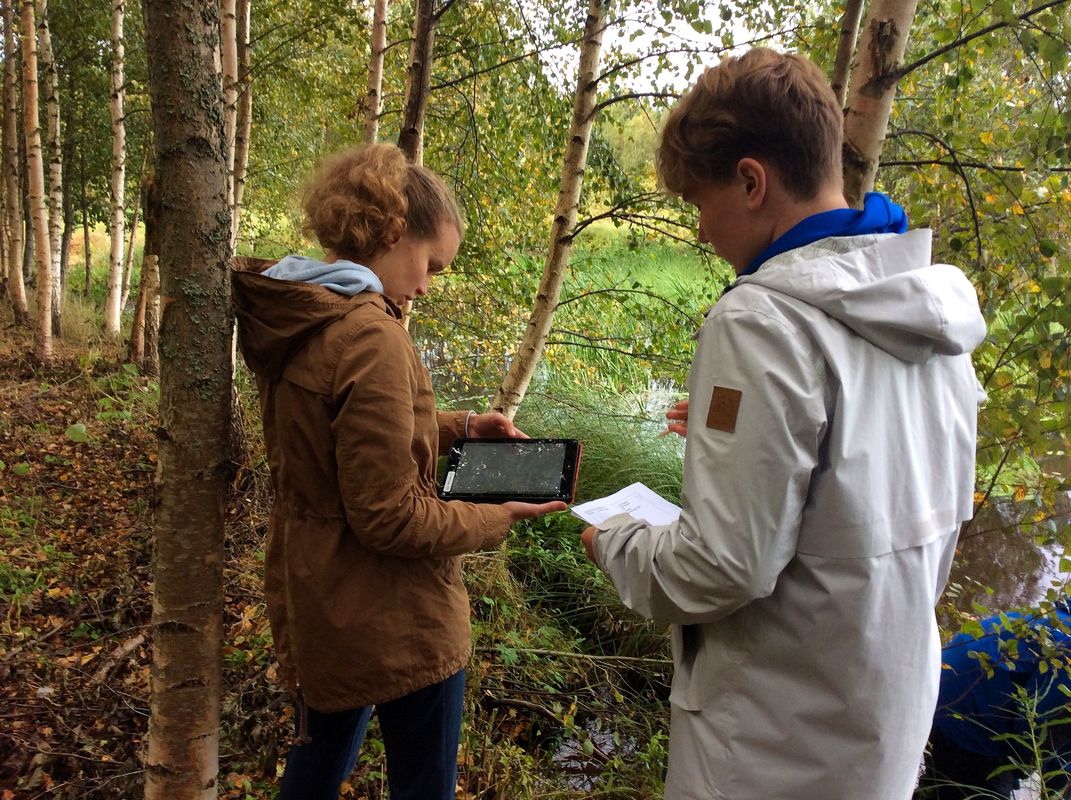3.2 Observations and experiments
 The living world around us is full of different things to things about.
The living world around us is full of different things to things about.
- What kinds of species are found on the shores of water?
- How can perch survive through the dark and cold winter in ice-covered water?
- Why are trees so tall?
Different questions require different research methods. If one wants to discover what species of plants, animals, and fungi a certain area contains, or to find out what a perch eats, one must conduct observational research.
Natural surveys are a way of discovering what species inhabit a certain area.
The diet of perch can be investigated by studying the contents of their intestines or by making observations about the fish themselves.
The validity of a hypothesis is studied with experimental research. For example, if one wants to find out how the changes in the amount of nutrients affects a set of plankton species, one must devise an experimental setup. For example, one can raise plankton organisms in aquariums with different nutrient concentrations.
Scientific experiments compare test groups, where certain studied variables are modified, with control groups, where these variables are left unchanged. Other factors, such as temperature and the amount of light, must be kept as similar as possible between the two groups. Precise observations on the test and control groups are made during the experiment. When the experiment is finished, the results of the two groups are compared with one another.
The acquirement of biological knowledge requires a variety of tools. For example, the study of large vegetation regions requires satellite images from these areas, whereas the study of cells requires different microscopes. Tools are also needed to gather the studied organisms or substances. For example, light traps and nets are used to catch insects that are used as subjects of biological studies.
